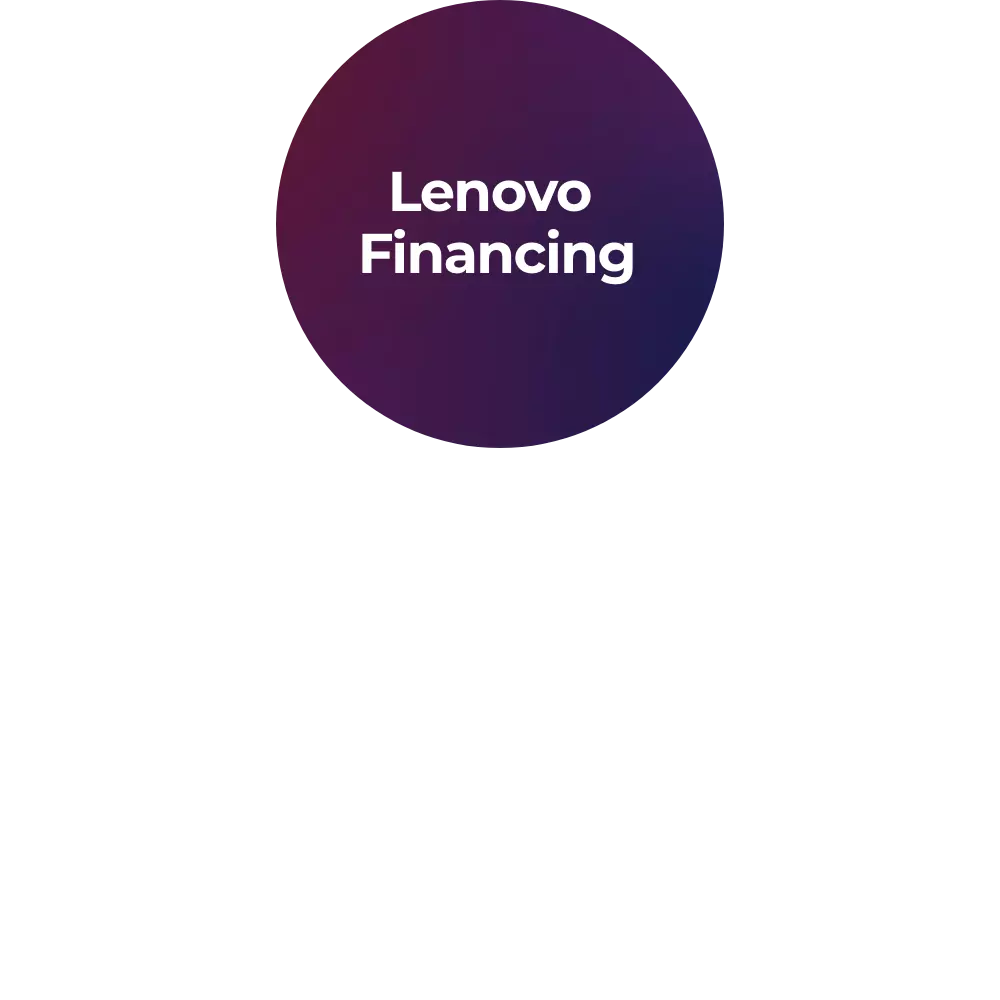What is a data signal?
A data signal is a form of transmission that conveys information between devices or locations. In the context of technology and computing, it refers to the electronic pulses or electromagnetic waves that carry data across networks, whether through wired connections like Ethernet cables or wireless methods such as Wi-Fi and Bluetooth®. These signals can be digital or analog, with digital signals standing for data in binary form (0s and 1s), which is particularly common in modern communication systems. Understanding data signals is essential for grasping how devices communicate and share information.
What types of data signals exist?
Data signals come in various types depending on the transmission medium. In wired connections, signals can be electrical or optical. Electrical signals travel through copper wires, while optical signals use light pulses transmitted through fiber optic cables. In wireless connections, data signals are transmitted as electromagnetic waves, using radio frequencies for communication. Each type of signal has its advantages and limitations, with optical signals offering high-speed transmission and immunity to electromagnetic interference in comparison to electrical signals.
What is the difference between analog and digital data signals?
Analog signals are continuous and can take any value within a range, like the needle on a dial. Digital signals, on the other hand, are discrete and can only be either a one or a zero, like a light switch being on or off.
How does my computer generate data signals?
Your computer generates data signals through its components, particularly the processor. When you perform tasks like typing, clicking, or running programs, the processor translates these actions into binary code, which forms the basis of data signals. This binary code stands for information in the form of ones and zeros, which are then transmitted through various pathways, such as cables or wireless connections, to interact with other devices or networks. In essence, your computer's electrical processes give rise to the data signals that power its communication abilities.
What role do data signals play in networking?
Data signals serve as the backbone of networking, easing communication and information exchange between devices. They enable devices to send and receive data packets, allowing users to access resources, communicate with others, and use network services. Without data signals, networking would be impossible, as devices would be unable to communicate with each other or access the vast array of services available on networks such as the internet. In essence, data signals are the lifeblood of modern interconnected systems, powering the digital world we live in.
How fast can data signals travel?
The speed of data signals depends on various factors, including the type of transmission medium and the technology being used. For example, fiber optic cables can send data at the speed of light, while wireless connections may have slower speeds due to interference and distance.
Does the quality of the transmission medium affect data signals?
Yes, the quality of the transmission medium significantly affects data signals. Higher-quality mediums like fiber optic cables offer better signal integrity and less signal loss over long distances compared to lower-quality mediums like copper cables. Factors such as cable insulation, shielding, and resistance to interference play crucial roles in keeping signal strength and reliability. Therefore, choosing the right transmission medium is essential for ensuring best data signal transmission in computing and communication systems.
How does error correction work with data signals?
Error correction works by adding redundancy to the transmitted data, such as extra bits or codes, which allows the receiver to detect and correct errors. When the data is received, the receiver compares it to redundant information. If discrepancies are found, error correction algorithms are employed to reconstruct the original data by identifying and correcting errors. This ensures the accuracy of data transmission, even in the presence of noise or interference.
How do data signals travel over the internet?
Data signals travel over the internet through a series of interconnected networks, using both wired and wireless methods. Initially, data is converted into binary form and sent through physical mediums like fiber-optic cables, copper wires, or via wireless signals such as WiFi. Routers, switches, and other networking devices direct these signals across various nodes, ensuring the data reaches its destination. Protocols like TCP/IP ensure exact and reliable transmission, breaking data into packets and reassembling them at the receiving end.
How do data signals travel through fiber optic cables?
Data signals travel through fiber optic cables using pulses of light generated by lasers or light-emitting diodes (LEDs). These light pulses stand for binary data, with each pulse corresponding to a one or a zero. The light travels through the core of the fiber optic cable, which is made of highly transparent glass or plastic material. Total internal reflection keeps the light signals confined within the core, allowing them to travel long distances with minimal loss or interference.
How does multiplexing enhance data signal transmission?
Multiplexing enhances data signal transmission by combining multiple data signals onto a single communication channel. Techniques like frequency division multiplexing (FDM) and time division multiplexing (TDM) allow for the simultaneous transmission of multiple data streams. This maximizes the use of available bandwidth, increasing efficiency and throughput. By sharing the communication medium, multiplexing enables more data to be transmitted in less time, making it an essential method for optimizing data transmission in networks.
Can data signals be affected by network congestion?
Yes, network congestion occurs when the volume of data traffic exceeds the ability of the network, leading to delays and packet loss. This can degrade data signal quality and result in slower transmission speeds for users connected to the congested network.
What is latency, and how does it affect data signal transmission?
Latency refers to the delay between when data is sent and when it is received. It affects data signal transmission by introducing delays in communication. High latency can slow down real-time applications like online gaming or video conferencing, as there's a noticeable lag between actions and their effects. In data-intensive tasks, such as downloading large files or streaming high-definition videos, latency can affect the overall speed and responsiveness of the connection, leading to a less smooth user experience.
How do routers and switches handle data signals in a network?
Routers and switches manage data signals in a network by directing them to their intended destinations. Routers examine the destination address of each data packet and figure out the best path for transmission across the network. They ensure efficient data flow between different networks. Together, routers and switches form the backbone of modern network infrastructure, ensuring smooth and reliable data transmission.
What role do data signals play in wireless communication?
Data signals are fundamental to wireless communication, enabling the transfer of information without physical connections. In wireless systems, data signals are transmitted via electromagnetic waves, such as radio waves, microwaves, or infrared. These signals carry the data between devices like smartphones, laptops, and routers. Wireless communication relies on data signals for various applications, from WiFi and Bluetooth® to cellular networks and satellite communications. The efficiency and reliability of wireless systems depend heavily on the quality and management of these data signals.
What is the purpose of a signal amplifier?
A signal amplifier boosts the strength of a data signal to ensure it can travel longer distances without degradation. This is especially important in scenarios where signals must be transmitted over extensive wiring or through wireless channels that experience significant interference. By amplifying the signal, you can keep the quality and integrity of the data being transmitted, reducing errors and improving overall performance. Signal amplifiers are commonly used in various applications, including telecommunications, broadcasting, and networking.















